Work in a group to design, build & code a custom solution to protect your Hope Spot using the Climate Action Kit. Your solution should in some way provide key environmental data that aid Ecologists in their conservation efforts.
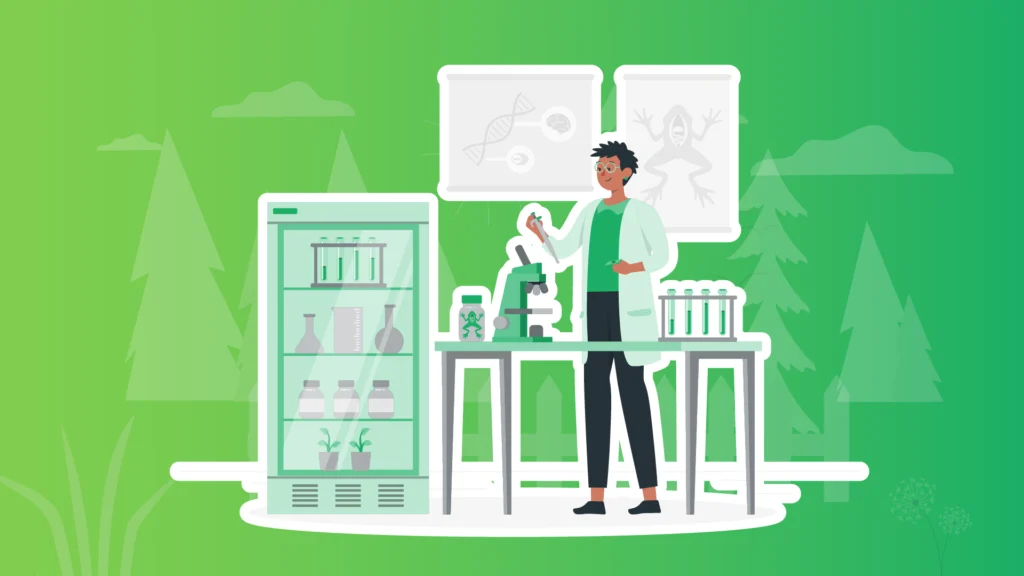
As you go through the steps below, you may wish to use our Design Journal Template to keep track of your work.
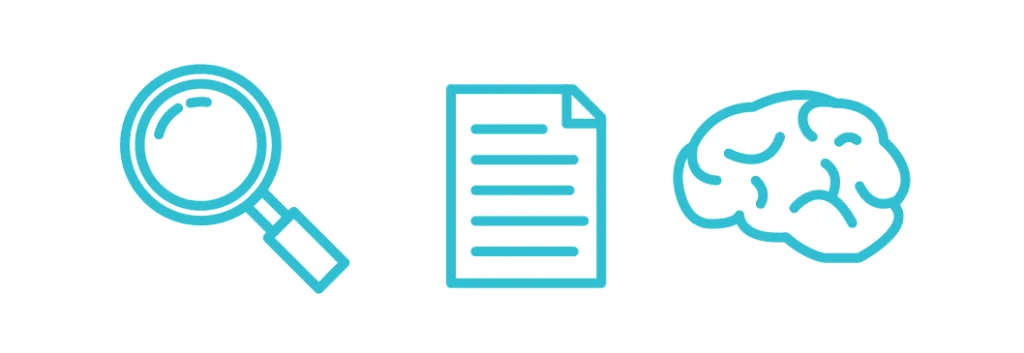
Step 1
Investigate the threats to your Hope Spot (e.g., pollution, overfishing).
Learn about how scientists monitor and protect marine ecosystems.
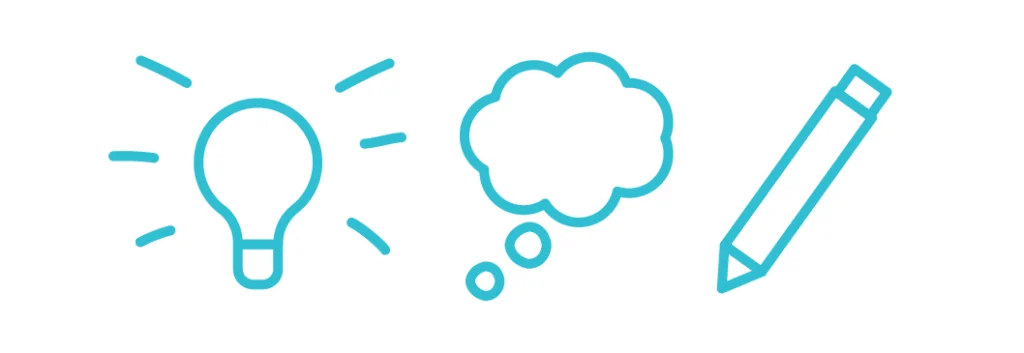
Step 2
Plan what features your solution will have. Decide how you will collect and respond to data, such as sending alerts when conditions change. Choose which building blocks, sensors, and components from the Climate Action Kit you will use to bring your solution to life.
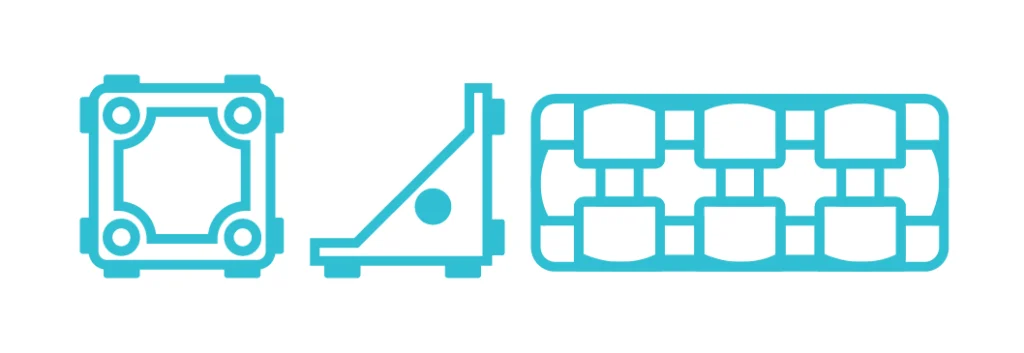
Step 3
Build your prototype, then connect it to Microsoft MakeCode to add code.
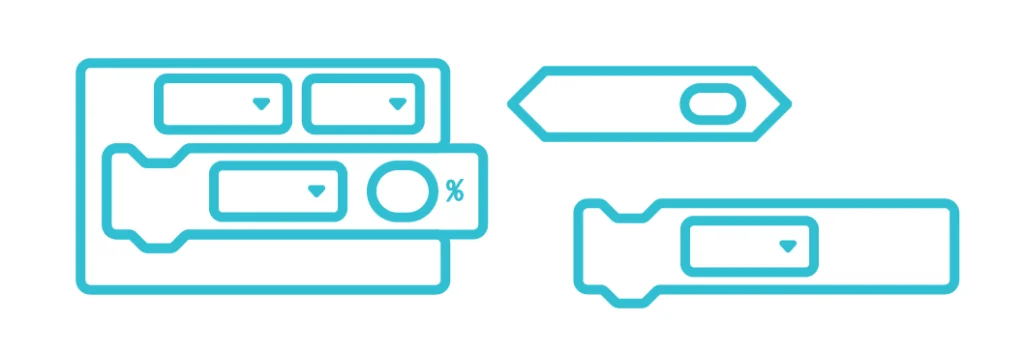
Step 4
Test and debug your solution until it works the way you want.
SUCCESS CRITERIA
I can build a custom technological solution with the Climate Action Kit that:
- Addresses at least one of the main threats to my nominated Hope Spot (e.g., pollution, overfishing)
- Uses at least one sensor to collect environmental data (e.g., water quality, temperature, GPS)
- Responds to changes in the environment by triggering an action (e.g., alerts, log data)
- Is tested and debugged to ensure it works effectively in monitoring the area’s health
Don’t feel limited by this. You can get creative and add more features if you would like!